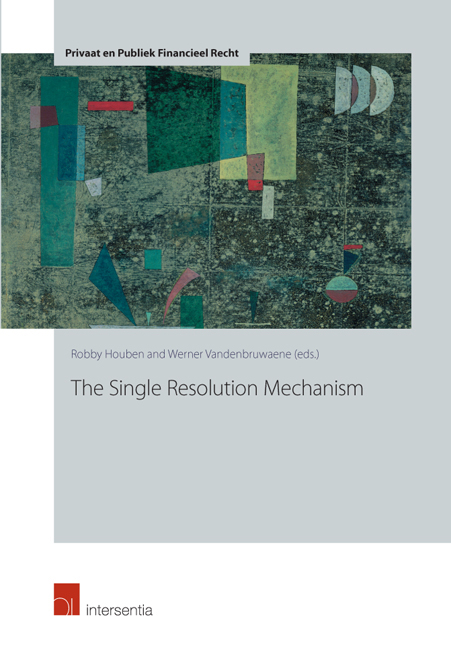
- Cited by 2
-
Cited byCrossref Citations
This Book has been cited by the following publications. This list is generated based on data provided by Crossref.
Gortsos, Christos V. 2020. European Central Banking Law. p. 185.
Hadjiemmanuil, Christos 2022. Bail-in in the European Banking Union: A Close Reading of Article 27 of the Single Resolution Mechanism Regulation. SSRN Electronic Journal ,
- Publisher:
- Intersentia
- Online publication date:
- September 2018
- Print publication year:
- 2017
- Online ISBN:
- 9781780687353
- Subjects:
- Law: General Interest, Law




